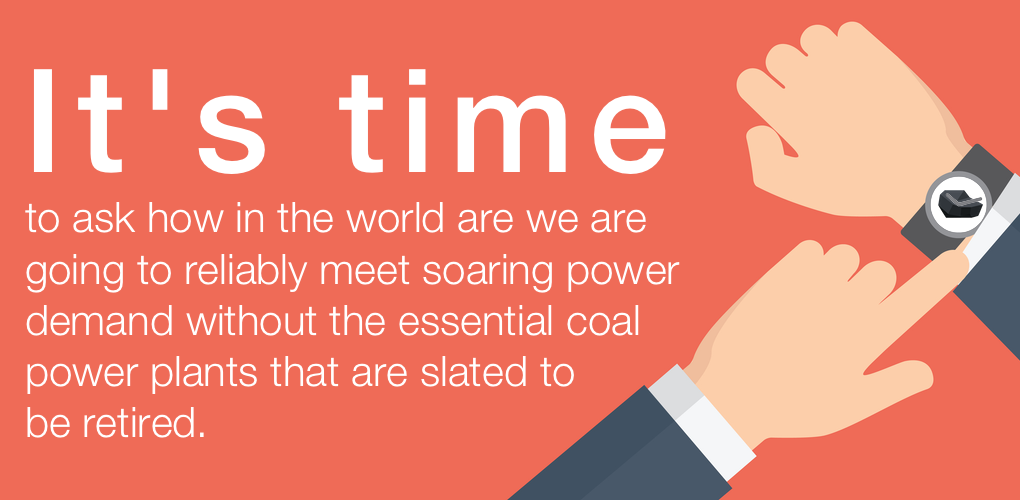
Grid Operators Tell Congress They Face a “Generational Challenge”
Last week, a congressional hearing, titled “Keeping the Lights On: Examining the State of Regional Grid Reliability,” brought together executives from the seven U.S. wholesale power markets that manage the supply and flow electricity in two-thirds of the country. Their message to all listening was crystal clear: power shortfalls and soaring prices for consumers are coming without a decisive effort to address the loss of dispatchable capacity as it collides with soaring power demand.
While some regions of the country will see far more new power demand than others from the rapid addition of AI data centers, crypto mining, electrification and the reshoring of manufacturing, there’s wide agreement that the surge is no longer theoretical—it’s here.
“We are forecasting peak demand to be as much as 50 percent higher over the next 10 years, mostly driven by the AI data center boom,” said Lanny Nickell, chief operating officer of the Southwest Power Pool (SPP). “Without a collective set of corrective actions, we will struggle to keep up with future needs, and our risk will be at an all time.”
Nickell added, “this growing imbalance between rising demand and a less dispatchable, more intermittent resource mix lies at the heart of what we have referred to as our generational challenge.”
SPP is hardly alone in that view. Multiple grid operators emphasized the urgent need to “hold on to the generation we already have.”
Manu Asthana, president & CEO of PJM Interconnection, the nation’s largest grid operator, and Jennifer Curran, senior vice president of planning and operations for the Midcontinent ISO, testified that premature retirements of dispatchable plants pose immediate risks to reliability. “Slow down those retirements,” Curran said, referencing recent North American Electric Reliability Corp. assessments projecting rapidly approaching reliability shortfalls.
Working Against the Clock
Asthana added that time is not the electricity sector’s ally. “It takes roughly 18 months to build a data center. Takes five years plus to build a power plant,” he said. “And global supply chains for grid components like transformers and turbines are backlogged.”
“I want to be clear, renewable generators play an important role and we want them to come onto the grid, but they are not a one-for-one substitute for the fossil fuel generators that we are replacing,” said Asthana.
PJM, which includes Northern Virginia in its service territory – the data center capital of the world – recently revised upward by 38% its electricity demand forecast for this coming decade. PJM now expects peak summer power demand to surge to 210 GW in 2035, a jump of 58 GW in a decade. Load growth from planned data centers has upended the grid reliability and resource adequacy calculation.
Scholars from the CSIS research group recently observed in a report titled, “The Electricity Supply Bottleneck on U.S. AI Dominance,” that U.S. power supply is so constrained nationally “there is effectively no spare capacity.” The CSIS team projects U.S. data centers will need 84 GW of power by 2030, up from 4 GW last year, a stunning 2100% jump in power demand in just five years.
Isn’t it time we stop asking why grid operators, industrial energy users, reliability regulators and the secretaries of Energy and Interior want to stop the retirement of essential coal power plants and instead ask how in the world are we to reliably meet soaring power demand without them?
The reliability crisis is here. For the better part of a decade, grid experts have warned the rapid loss of essential dispatchable capacity – driven by an enormously damaging regulatory agenda – was incompatible with preserving a reliable and affordable supply of power. The emergence of soaring power demand has transformed the looming threat into an immediate five-alarm fire.
- On April 2, 2025
